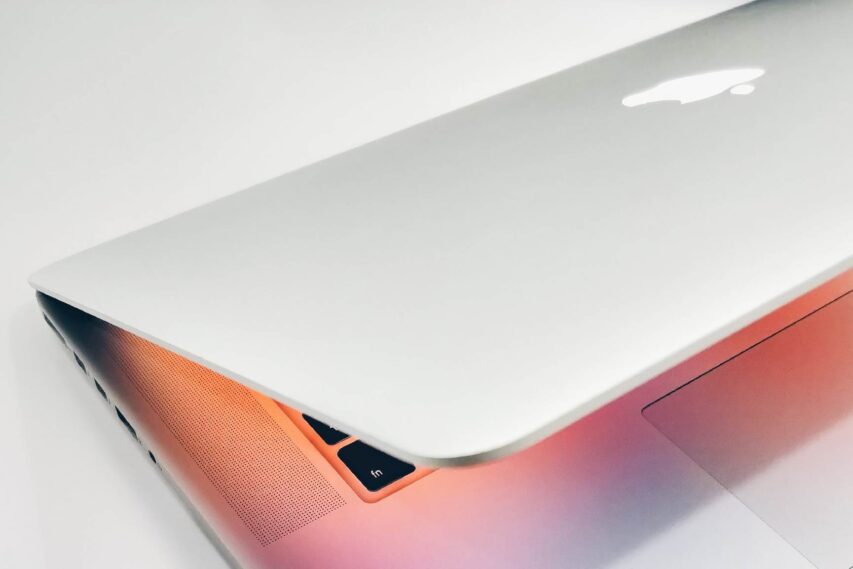How to choose the right paper
for your work
First of all, choosing the right paper is just as essential to any brand identity project as the typography, color, and even the logo. After all, the paper is the most tangible counterpart to what a brand stands for and the values it represents. It´s the “first encounter” your clients will have about your business.
“Design is the body language of your marketing. Don´t slouch”
— Mark King, designer and illustrator.
Here are some factors that can help you out while choosing the right paper for your next work.
Plan early!
Timing is important and can save you from a lot of trouble when you are starting your printing project. You may need to consider also the end-use application of your product, normally a standard project might need less time but when it comes to a special or unique one you´ll need to check for the availability of material and price.
Quality and price
Normally the decision between “coated or uncoated” and “grammage” is fairly standard there are different quality levels just as the sade, texture, and bulk might be a little bit confusing. As a result, paper comes at different price levels with the higher quality paper adding considerably more “ perceived value” to an end-use application and the way your brand is perceived in the market than it does the actual paper cost.
Shade & Texture
Shade: choosing the correct shade helps make illustrations and text look their best. Dependent upon application, off white and cream shades will help improve readability and support both text and image.
Texture: paper has got the ability to add an extra dimension through touch. Consider what tactile feeling you are aiming to achieve — an exclusive smooth feel or a unique rough surface?
Uncoated & Coated
For best results and precise choices, there are a variety of uncoated and coated papers that you can choose from to deliver a perfect solution for each of their individual ideas in the entire field of corporate identity.
Opacity
Opacity refers to the “show through” of paper, and in general, an increase of 10 g/m2 increases opacity by 2% percent, so it’s extremely important to consider what grammage is to be used to reach the required end result.
Bulk
One aspect often overlooked when specifying paper is the bulk factor. Bulk is the thickness of the paper relative to its basic weight. It can be used wither to decrease the grammage and still achieve the same thickness — saving paper with the higher bulk, or, keep the same grammage, which will give a greater perceived value of the end product by using a higher bulk.
Consider and ask about the different printing methods that are available for you. There can be offset printing as sheet-fed using both conventional and UV inks, laser printing, HP indigo certified, flexo and (my personal favorite) letterpress.
Finishing
Folding, binding and finishing techniques might be something you want to check out with your provider. Mostly there are a lot of options just like foil, plastic lamination, protective varnish, laser cutting or any other.
Social Responsibility
As the awareness of environmentally conscious products continually becomes more prevalent by all customer segments, it is important to choose products with a clear environmental certification — some examples can include FSC, PEFC, EU Eco-Label, etc.
An environmentally friendly factor I consider is to look out for paper that has not been bleached at all or substitutes oxygen-based compounds for chlorine compounds.
You can also consider choosing over the wide range of recycled papers that are offered within the market. There´s a common thought that this type of papers might have a potential for technical problems during the printing process, but you might be wrong.
Hope this article might be of use while choosing paper over your future projects.


